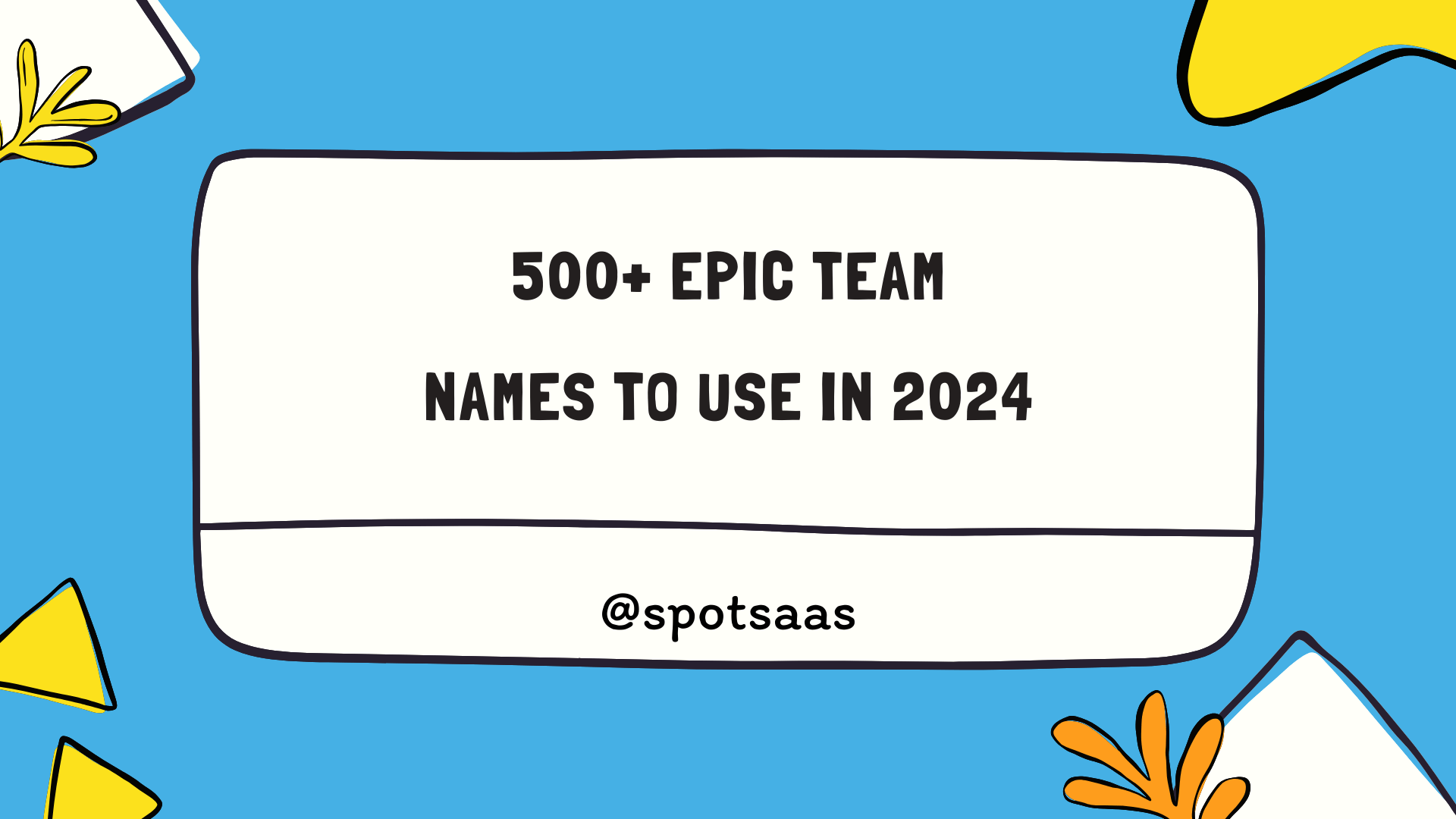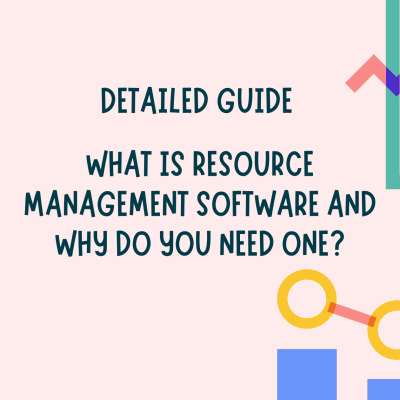How To Choose The Best Digital Asset Management Software in 2024
Choosing the right Digital Asset Management (DAM) software can be a challenging task. With an array of options available, knowing which software meets your needs is crucial.
What is Digital Asset Management Software?
Digital Asset Management Software, often abbreviated as DAM software, is a technology solution used by businesses to organize, store, and distribute digital assets such as images, videos, documents, and audio files.
Its purpose is to streamline the management process of these assets by providing a centralized platform where users can easily search for and access the files they need. By utilizing digital asset management software, companies can improve their workflow efficiency and enhance collaboration among team members working on creative projects or marketing campaigns.
Purpose
Digital asset management software helps keep all your digital files in one place. This makes it easy to find, use and share them when you need to. It can also help keep your brand’s look the same everywhere.
For example, a business might use this type of software to store photos, videos or ads. Then they can share these with others who need them, like ad agencies or news outlets. Using the right digital asset management solution will turn chaos into clear results.
How to Choose the Best Digital Asset Management Software
When choosing the best digital asset management software, it is important to start by identifying your specific needs and goals. Consider factors such as user interface and ease of use, pricing and features, scalability and flexibility, as well as customer reviews and ratings.
Taking all these aspects into account will help you make an informed decision that aligns with your organization’s requirements.
Identify your needs and goals
First, make sure you know what you want from the software. Your needs might be storing many files or sharing them with others. You may also need to manage a big project or keep track of changes in your work.
Goals can be different for every person. Some people might want to save time while others might want to cut costs. The best software for you will help meet these needs and goals.
Consider user interface and ease of use
When selecting the best digital asset management software, it’s important to consider the user interface and ease of use. You want a platform that is intuitive and easy for your team to navigate.
Look for features like drag-and-drop functionality, customizable dashboards, and clear labelling. A user-friendly interface means less time spent on training and more efficient workflows.
Additionally, make sure the software offers robust search capabilities to quickly locate assets. By considering user interface and ease of use, you can ensure a smooth experience for everyone using the DAM system.
Look at pricing and features
When selecting the best DAM software, it is crucial to compare pricing structures and features of the different providers. Varying software offers unique features and tools, which make them suitable for specific businesses. Also, pricing may differ based on the number of users, storage capacity, and other factors.
Evaluating the balance between the cost and the features is significant to ensure you get the maximum value out of your investment. Moreover, keep in mind that higher cost doesn’t always equate to better quality. Instead, look for software that meets your specific needs and offers a good return on investment.
Consider scalability and flexibility
Scalability and flexibility are important factors to consider when choosing digital asset management software. Scalability refers to the software’s ability to handle increasing volumes of assets as your business grows.
It should be able to accommodate a large number of files without sacrificing performance or causing delays. Flexibility, on the other hand, means that the software can adapt and adjust to your specific needs and workflows.
It should allow you to customize features, user access permissions, and metadata fields based on your requirements. By considering scalability and flexibility, you can ensure that the DAM software you choose will be able to meet your current needs while also being adaptable for future growth and changes in your organization.
Research customer reviews and ratings
To choose the best digital asset management software, it’s important to research customer reviews and ratings. This will give you insights into the experiences of other users and help you gauge the quality and reliability of the software.
Look for feedback on factors like user interface, ease of use, features, and customer support. Pay attention to both positive and negative reviews to get a balanced perspective. By considering customer opinions, you can make a more informed decision about which digital asset management software is right for your needs.
Key Features to Look for in Digital Asset Management Software
When selecting a digital asset management software, it is important to consider key features that will meet your specific needs. These features include efficient file storage and organization capabilities, user access and permission controls, brand management tools for maintaining consistency across assets, analytics and reporting functionalities for tracking performance, and integration capabilities with other systems or platforms.
File storage & organization
Digital asset management (DAM) software helps you store and organize your files effectively. With DAM software, you can easily keep track of all your digital assets in one central location.
This means no more wasting time searching for files or dealing with messy folders. You can categorize your files based on different criteria like file type, date, or keywords to make it easier to find what you need.
Plus, you can set up user permissions to control who has access to specific files. Overall, file storage and organization are essential features to consider when choosing the best DAM software for your needs.
User access & permissions
User access and permissions are important considerations when choosing a digital asset management (DAM) software. You want to make sure that the system allows you to control who has access to your assets and what they can do with them.
This ensures that only authorized users can view, edit, or download your digital assets, protecting sensitive or valuable content. Look for DAM software that offers customizable user roles and permissions, so you can define different levels of access for different users or groups.
This way, you can maintain security while also allowing collaboration among team members.
Brand management tools
Brand management tools are an important feature to consider when choosing a digital asset management software. These tools help you maintain consistent branding across all your assets and ensure that they align with your company’s identity.
With brand management tools, you can easily store and organize your brand assets, such as logos, images, and templates. You can also set permissions for who can access and edit these assets to maintain control over their usage.
Furthermore, these tools often provide analytics and reporting features that enable you to track the performance of your brand assets and make data-driven decisions. By utilizing brand management tools within a DAM software, you can streamline your brand management process and enhance the effectiveness of your marketing efforts.
Analytics & reporting
Analytics and reporting are important features to consider when choosing a digital asset management (DAM) software. With analytics, you can track the performance of your assets and understand how they are being used.
This information can help you make data-driven decisions and optimize your asset management strategy. Reporting capabilities allow you to generate reports and share insights with stakeholders or clients.
You can easily monitor metrics like asset downloads, user engagement, and overall usage trends. Having access to detailed analytics and reporting can provide valuable insights into the effectiveness of your digital assets and help improve their impact on your business.
Integration capabilities
Integration capabilities are an important aspect to consider when choosing digital asset management software. It refers to the ability of the software to integrate with other tools and systems that you use in your workflow.
This can include integrations with content management systems, cloud storage platforms, project management tools, creative software, and more.
Having strong integration capabilities allows for seamless collaboration and efficient workflows. It eliminates the need for manual data entry or transferring files between different systems.
With integrated DAM software, you can easily access and manage your digital assets from within the applications you already use.
When evaluating a DAM solution’s integration capabilities, look for compatibility with the specific tools and systems that are crucial to your work processes. Consider whether it offers pre-built integrations or APIs (Application Programming Interfaces) that allow for custom connections.





